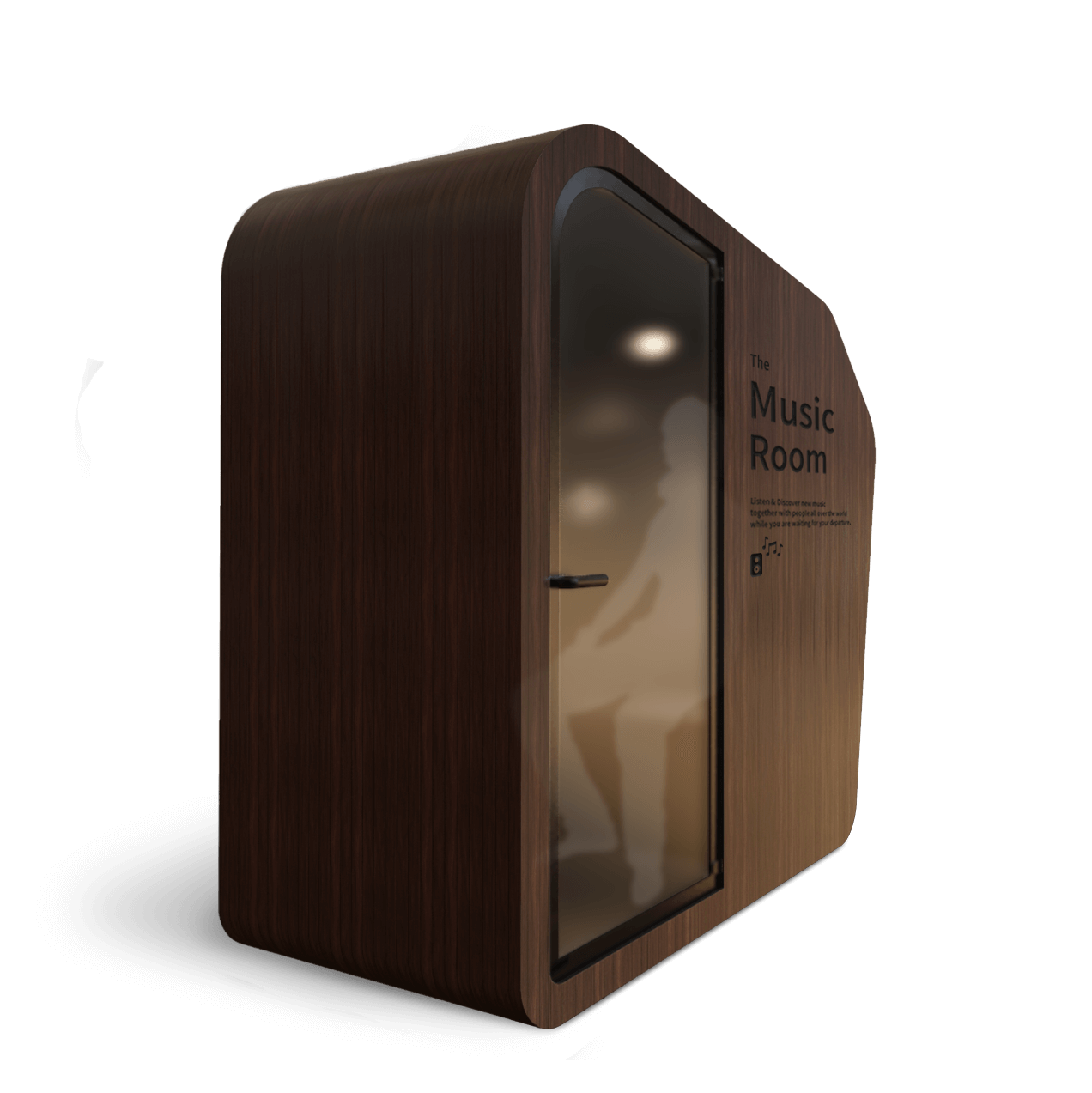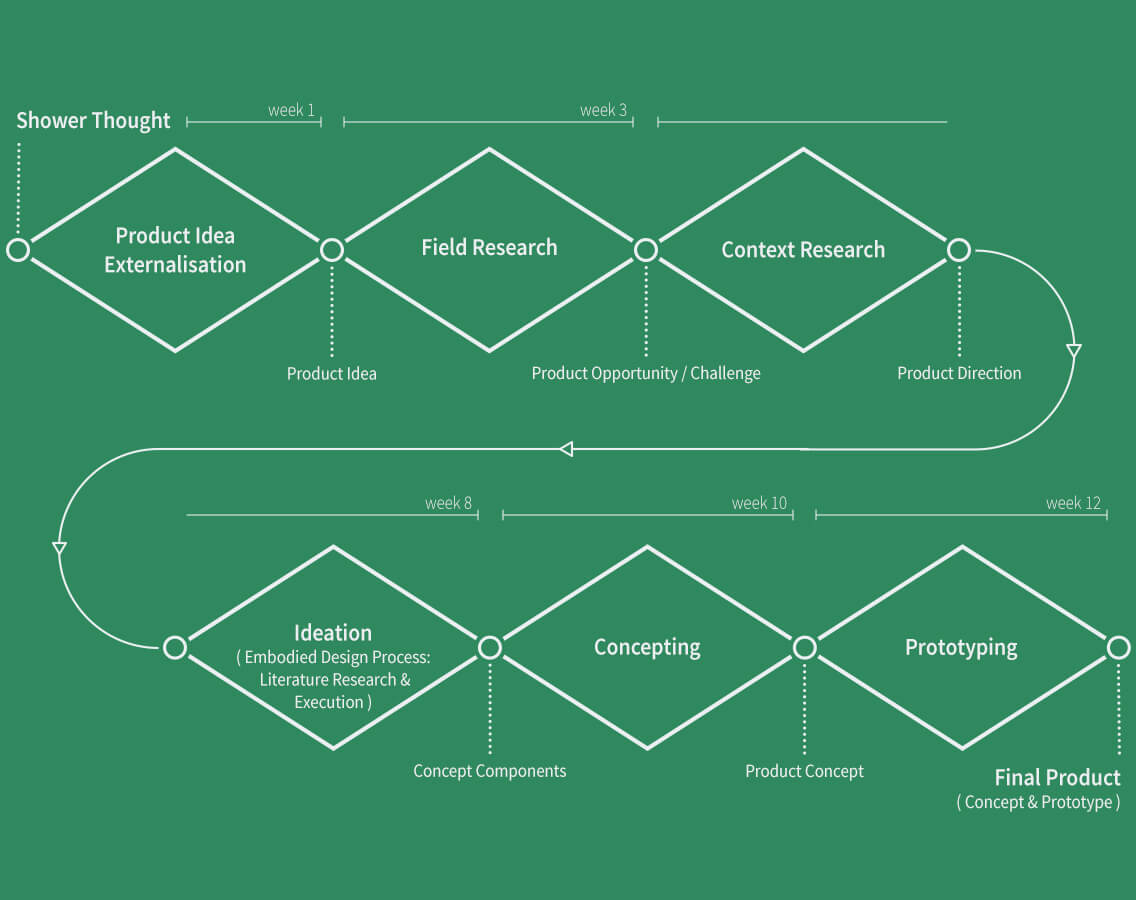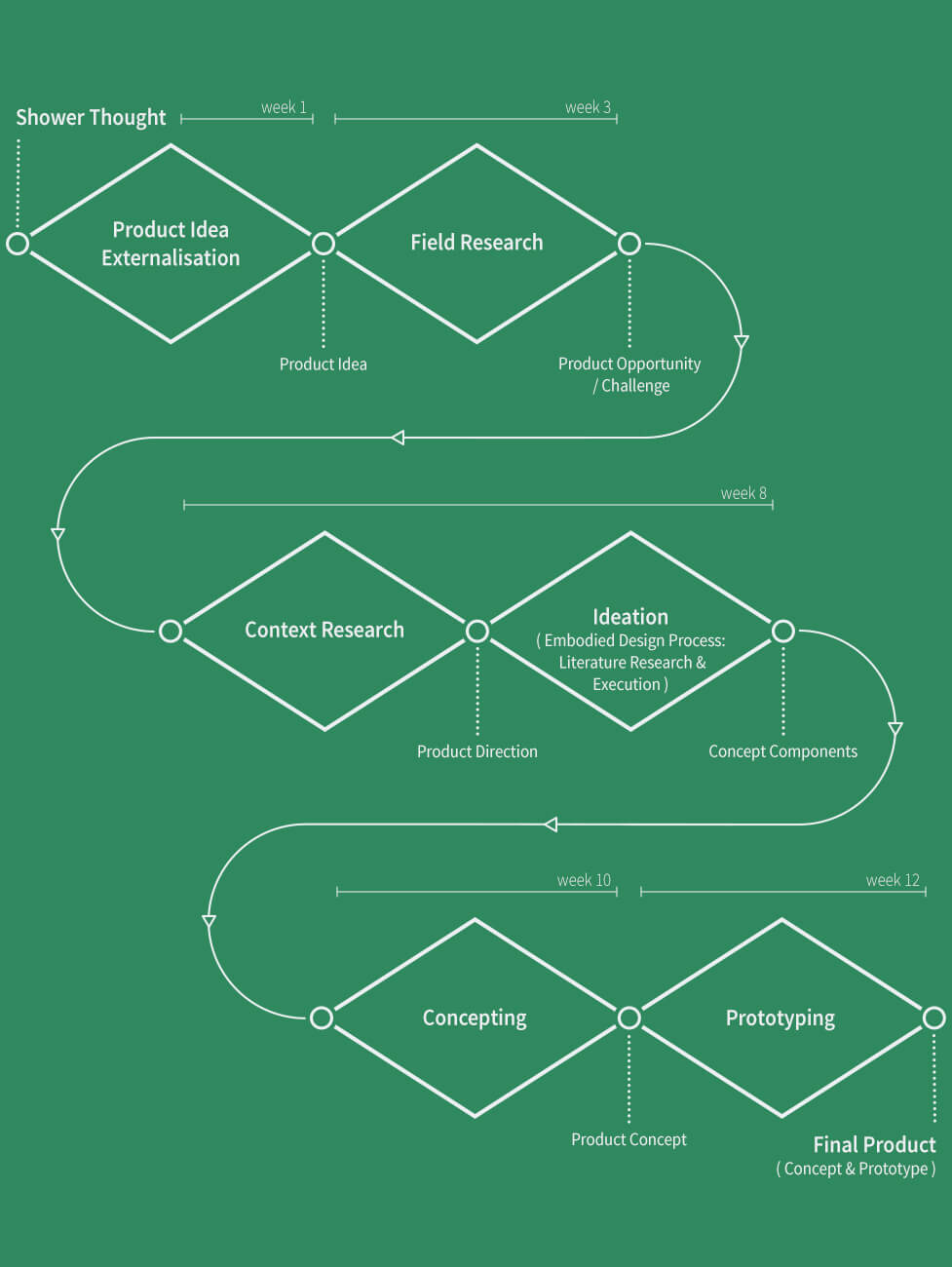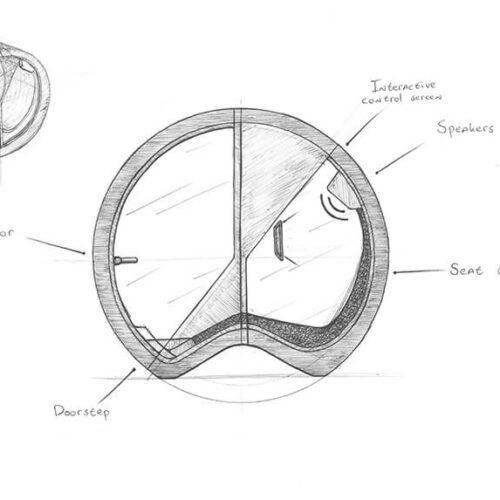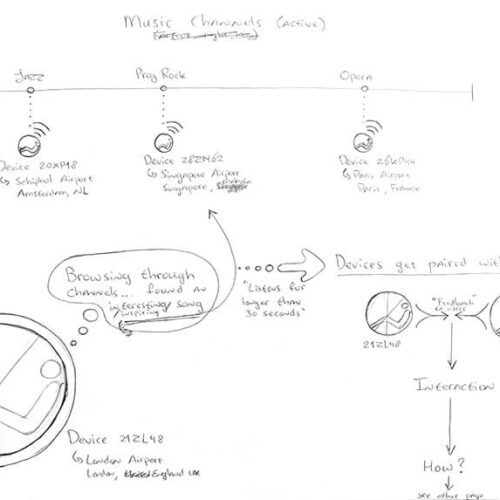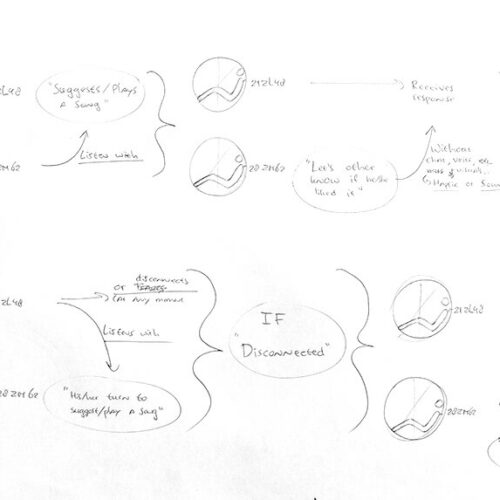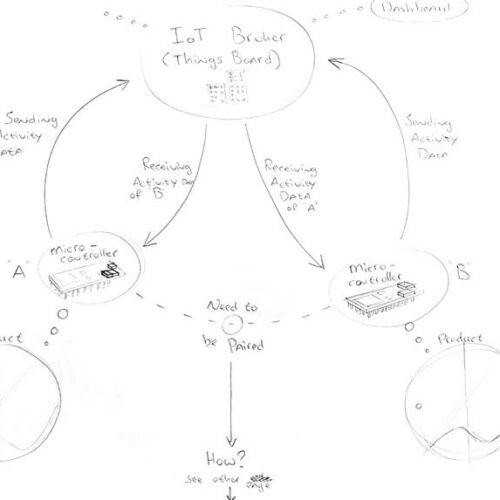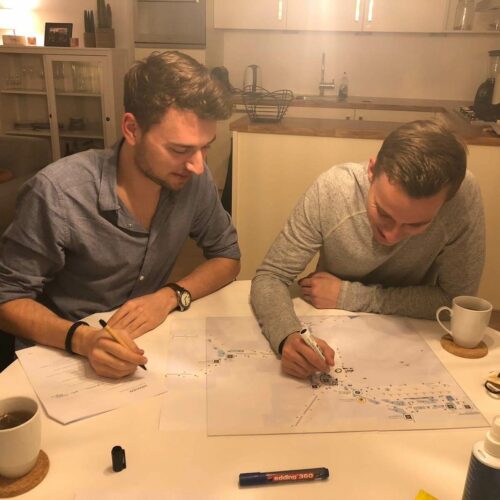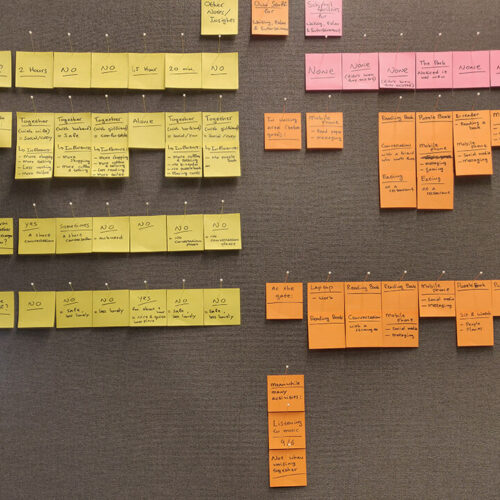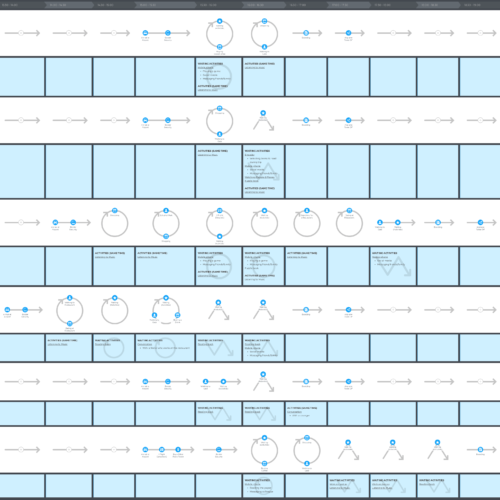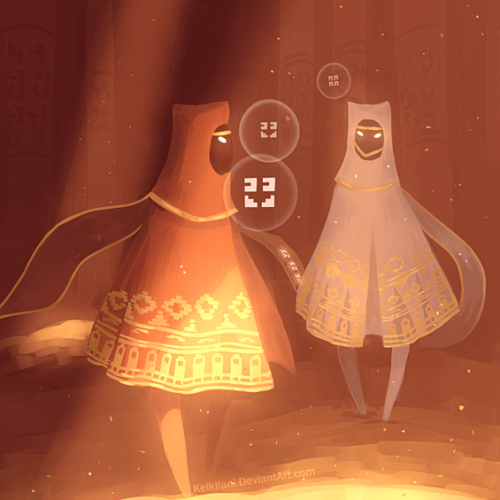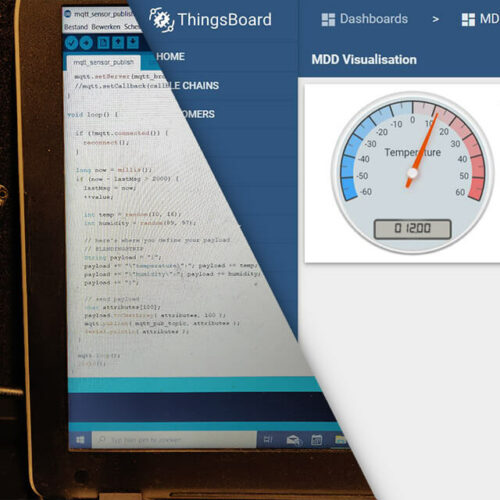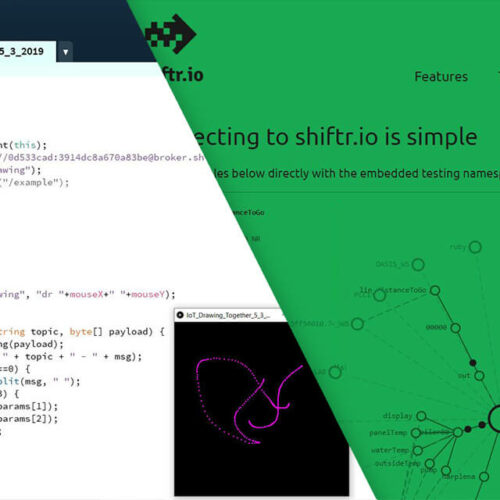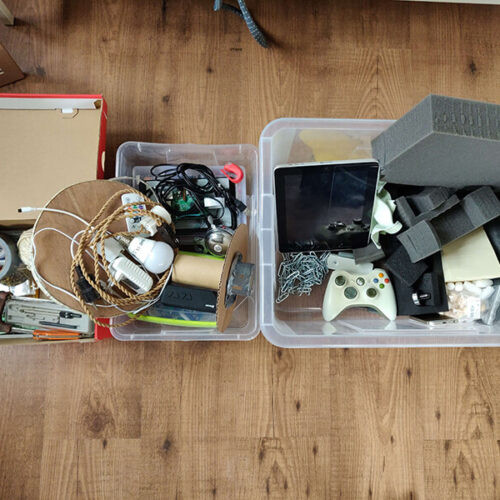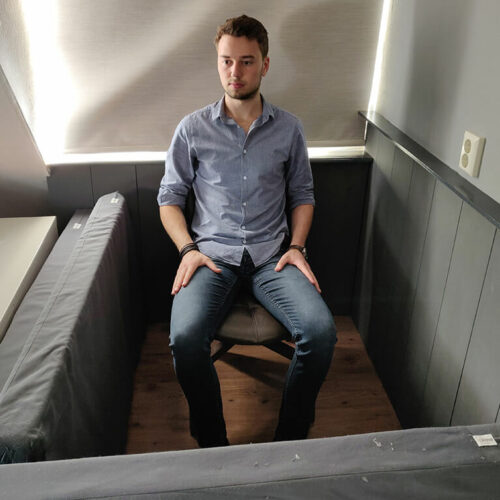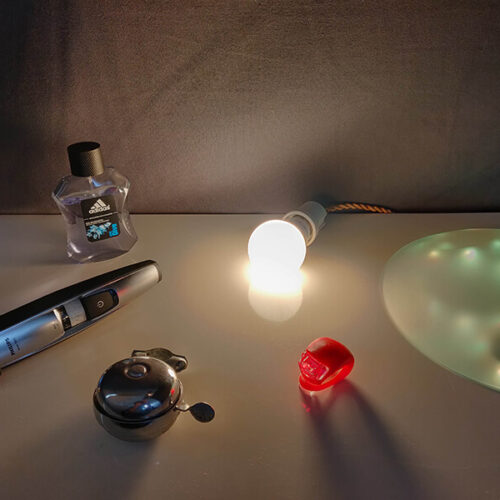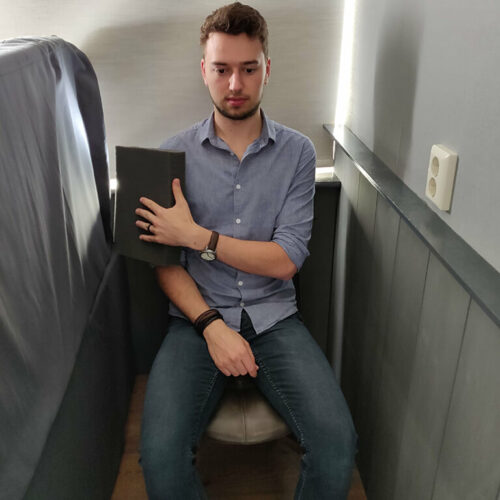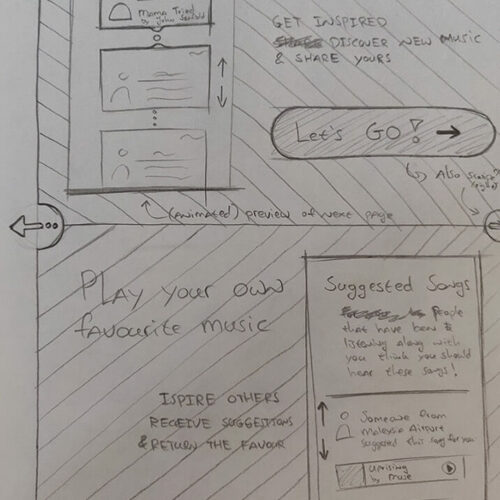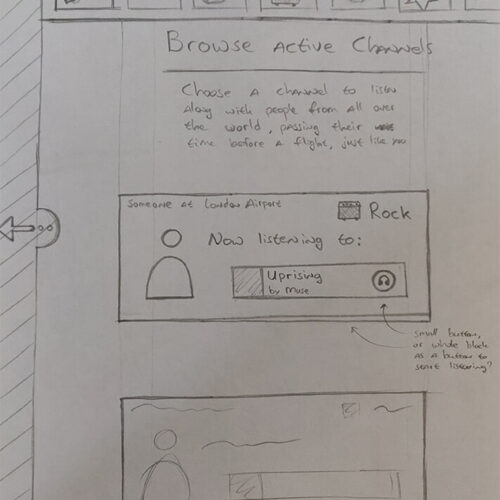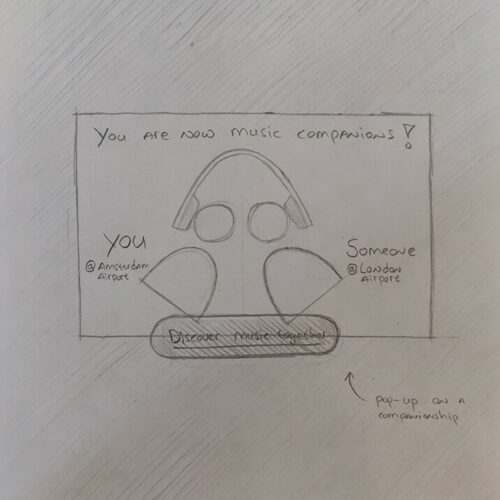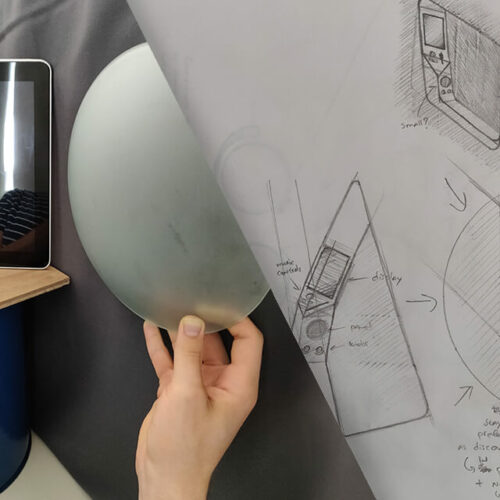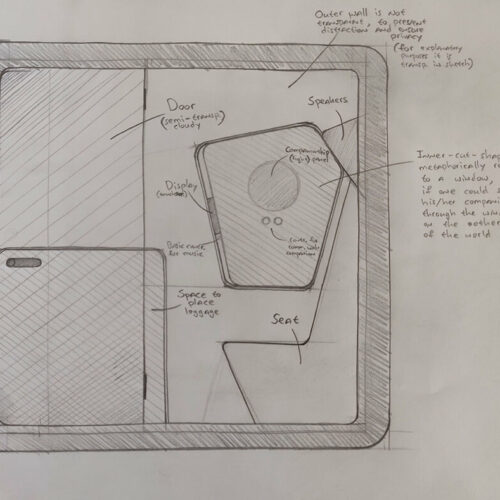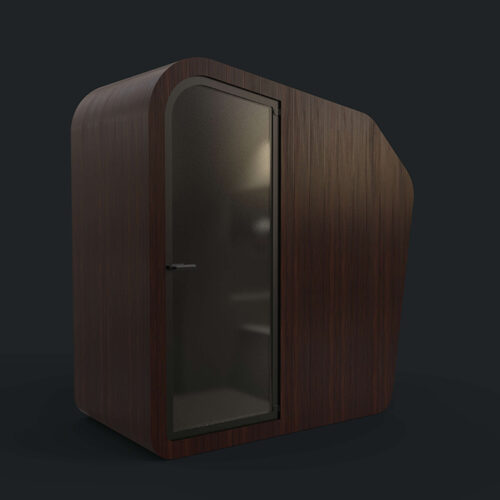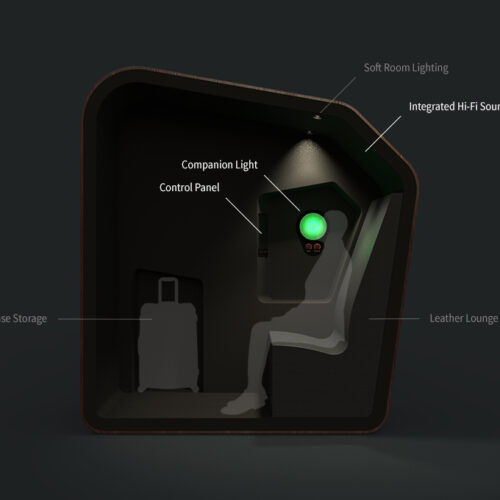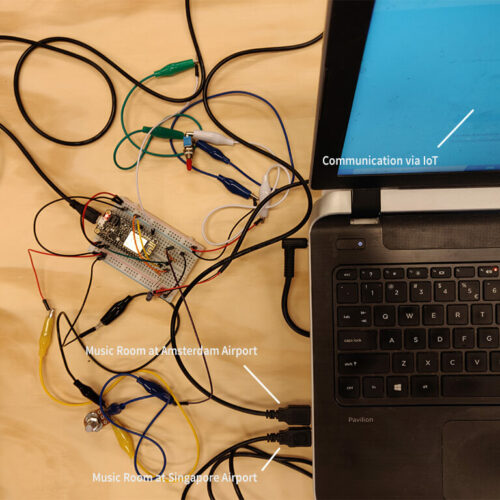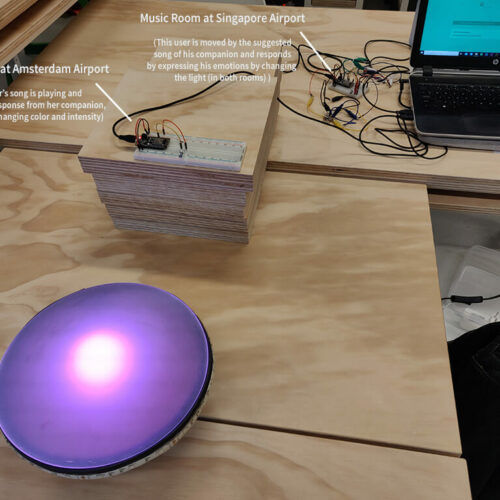Project Opportunity / Challenge
To find out if there is a need for – or if extra (unexpected) value can be added by – a new entertainment service/product at the Airport, for travellers to pass time while waiting for departure. And if so, what/how such a service/product could be.
Project Details
| Client | None |
| Main Stakeholders | Individual Travellers who are waiting for departure at the airport & the Responsible and Involved Personnel of the airport. |
| Position | All |
| Roles | Context Research, Field Research, Formulation of Project Opportunity / Challenge, Literature Research & Design Process, Ideation, Concept Development, Prototyping. |
| Team | Solo |
| Period | 12 weeks, 3 days a week |
Client
None
Main Stakeholders
Individual Travellers who are waiting for departure at the Airport & the Responsible and Involved Personnel of the Airport.
Position
All
Roles
Context Research, Field Research, Formulation of Project Opportunity / Challenge, Literature Research & Design Process, Ideation, Concept Development, Prototyping.
Team
Solo
Period
12 weeks, 3 days a week
